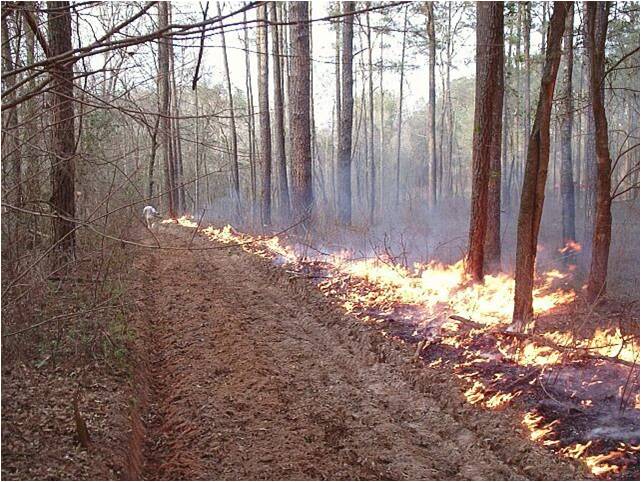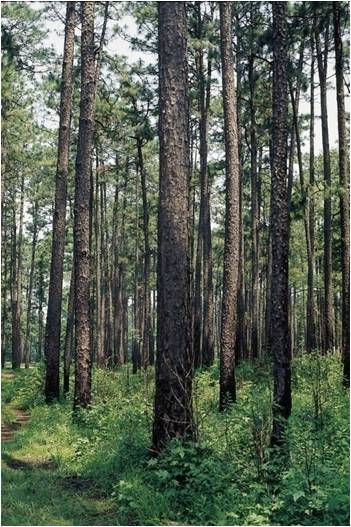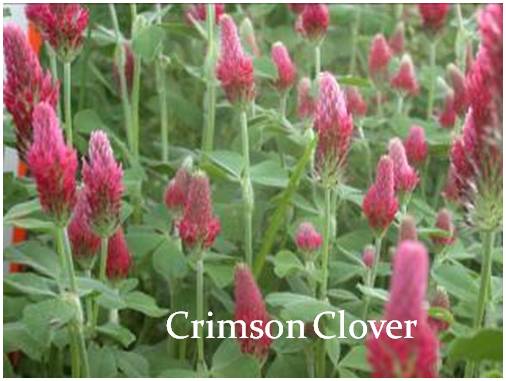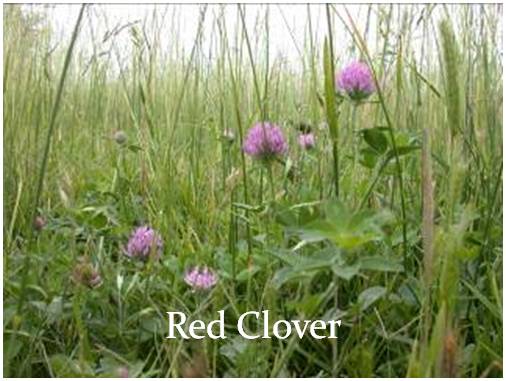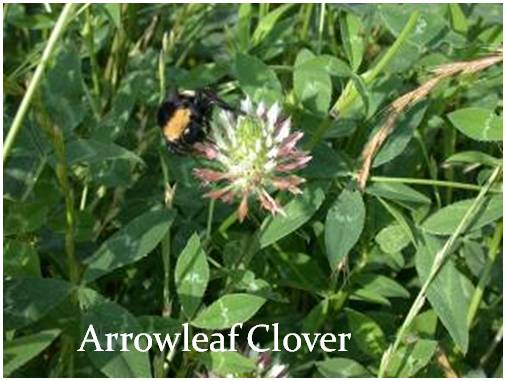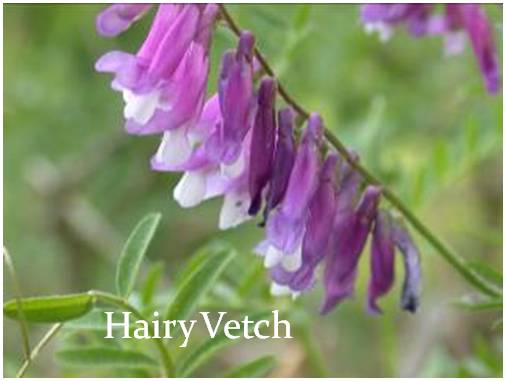Tree/Shrub Establishment
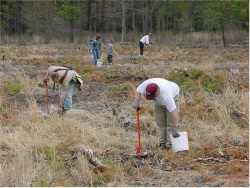
Establishing woody plants by planting seedlings or cuttings, direct seeding, or natural regeneration. This practice is applied to establish woody plants for:
- Forest products such as timber, pulpwood, and energy biomass
- Wildlife habitat
- Long-term erosion control and improvement of water quality
- Treating waste
- Storing carbon in biomass
- Energy conservation
- Improving or restoring natural diversity
- Enhancing aesthetics
Stream Crossing
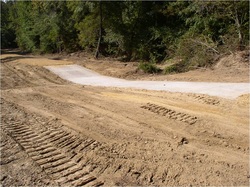
A stream crossing is a stabilized area or structure constructed across a stream to provide a travel way for people, livestock, equipment, or vehicles. This practice may be applied to achieve improved water quality by the following:
- Reduce sediment, nutrient, organic, and inorganic loading of the stream
- Reduce stream bank and stream bed erosion
- Provide crossing for access to another land unit
- Provide limited access for livestock water use
Prescribed Grazing
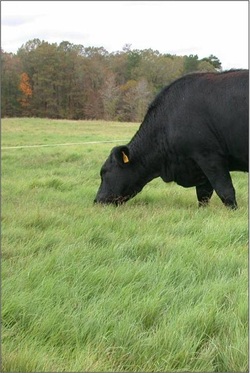
Prescribed grazing is managing the harvest of vegetation with grazing and/or browsing animals. This practice may be applied as a part of conservation management system to achieve one or more of the following:
- Improve or maintain desired species composition and vigor of plant communities
- Improve or maintain quantity and quality of forage for grazing
- Improve or maintain surface an/or subsurface water quality and quantity
- Improve or maintain riparian and watershed function
- Reduce accelerated soil erosion, and maintain or improve soil condition
- Improve or maintain the quantity and quality of food and/or cover available for wildlife
- Manage fine fuel loads to achieve desired conditions
Prescribed Burning
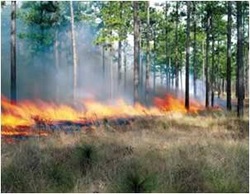
Prescribed burning is controlled fire applied to a predetermined area. This practice is applied to achieve one or more of the following:
- Control undesirable vegetation
- Prepare sites for harvesting, planting or seeding
- Control plant disease
- Reduce wildfire hazards
- Improve wildlife habitat
- Improve plant production quantity and/or quality
- Remove slash and debris
- Enhance seed and seedling production
- Facilitate distribution of grazing and browsing animals
- Restore and maintain ecological sites
Livestock Watering Facility
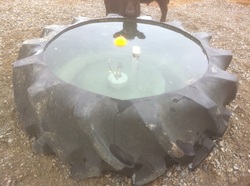
A watering facility is a permanent or portable device to provide an adequate amount and quality of drinking water for livestock and or waldlife. It is used to provide access to drinking water for livestock and/or wildlife in order to:
- Meet daily water requirements
- Improve animal distribution
Pasture Planting
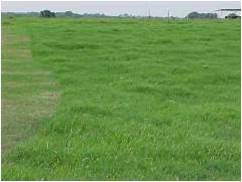
Establishing native or introduced forage species. This practice is applied to achieve one or more of the following:
- Establish adapted and compatible species, varieties, or cultivars for forage production
- Improve or maintain livestock nutrition and/or health
Firebreak
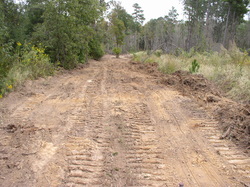
A firebreak is a permanent or temporary strip of bare or vegetated land planned to retard fire. This practice applies on all land uses where protection from wildfire is needed or prescribed burning is applied to accomplish one or more of the following:
- Reduces the spread of wildfire
- Contain prescribed burns
Fencing
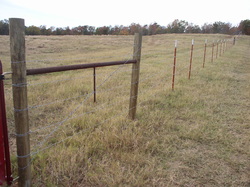
A fence is a constructed barrier to animals or people. This practice faciitates the accomplishment of conservation objectives by providing a means to control movement of animals, people, and vehicles.
Composting Facility
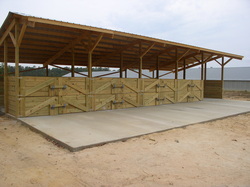
A composting facility is used to process raw organic by-products such as, animal mortality and manure into biologically stable organic material. This practice is applied to reduce the pollution potential of organic agricultural wastes to surface and groundwater by one or more of the following:
- Reduces volume by 25 to 50 percent
- Improves fertilizing capabilities by converting nitrogen to less soluble forms
- Aids in nutrient management
